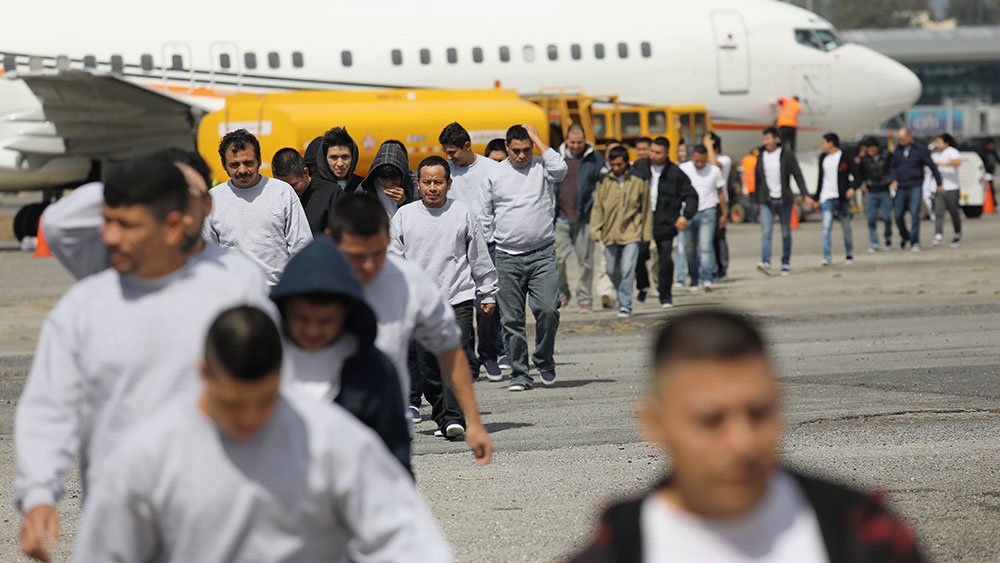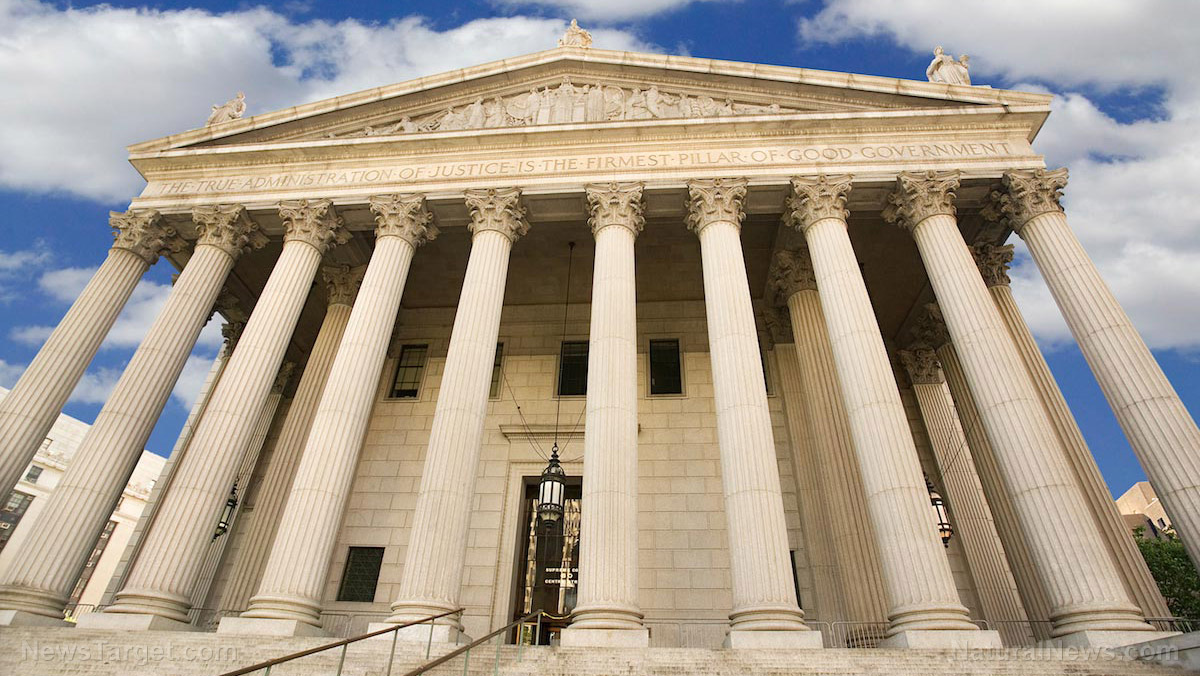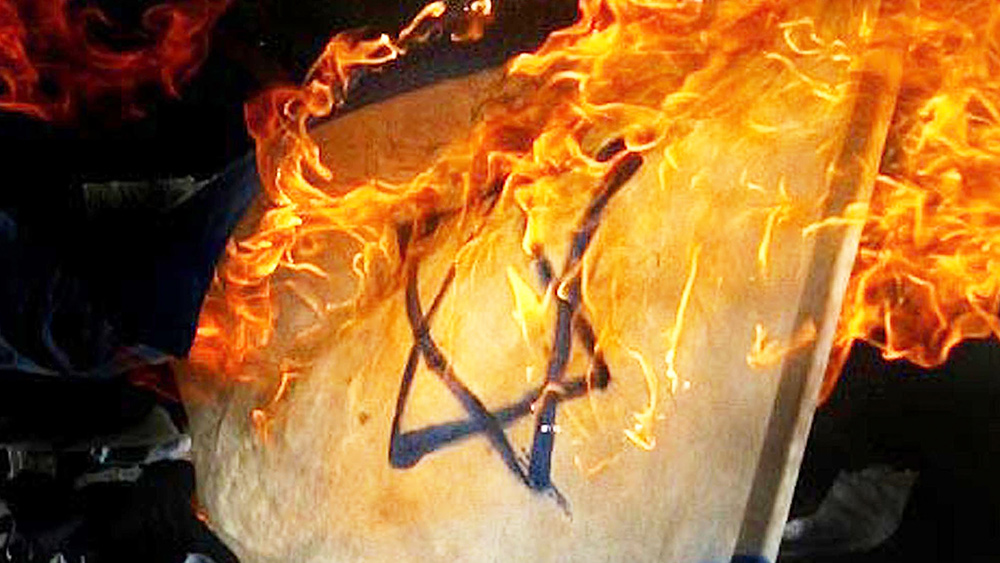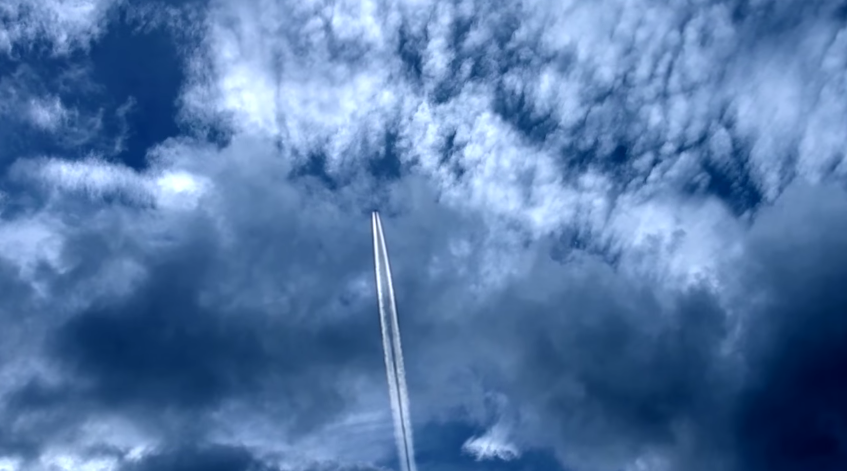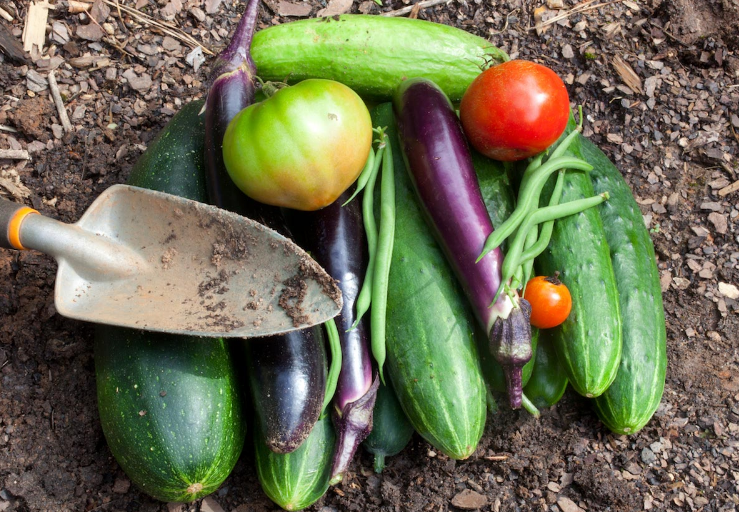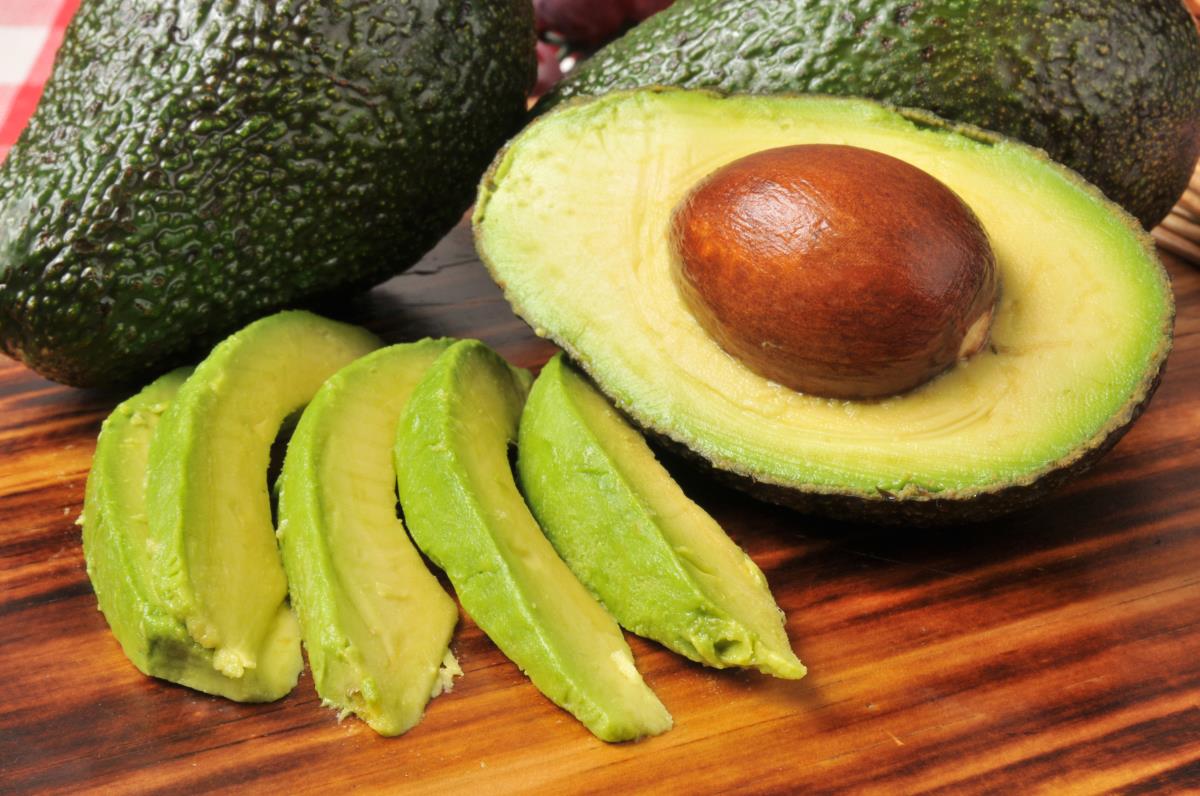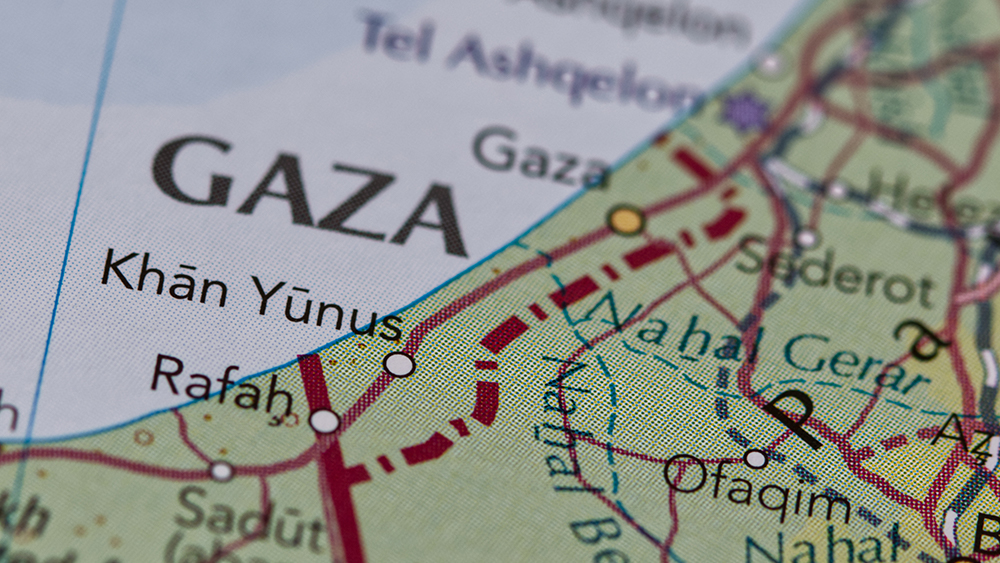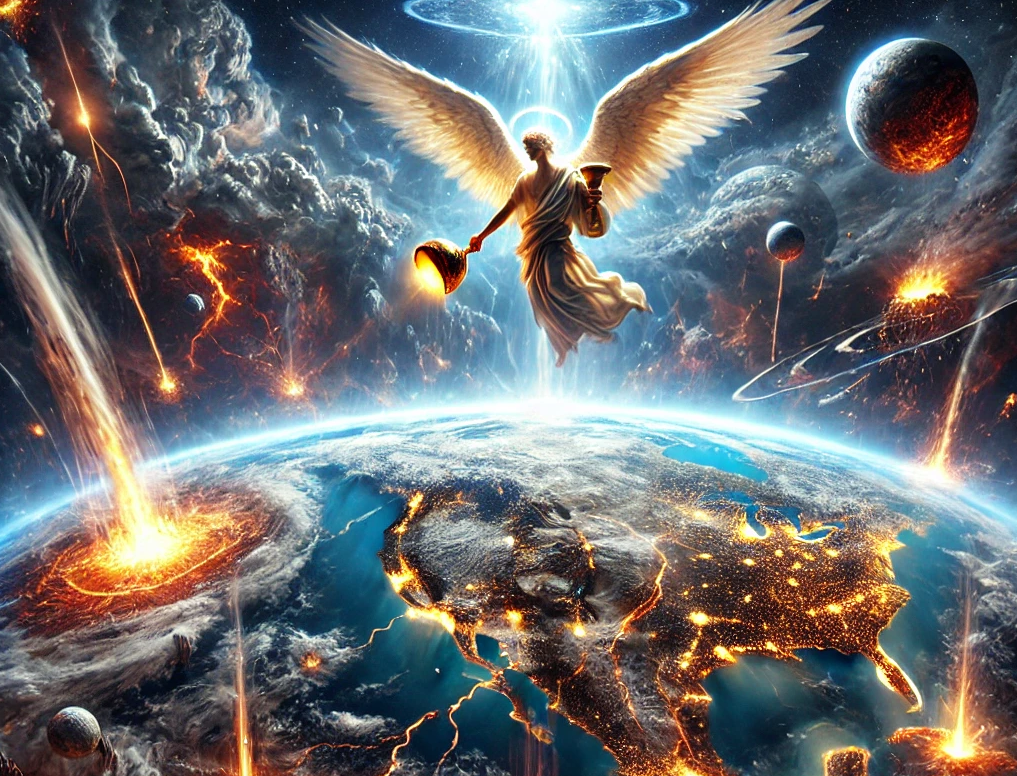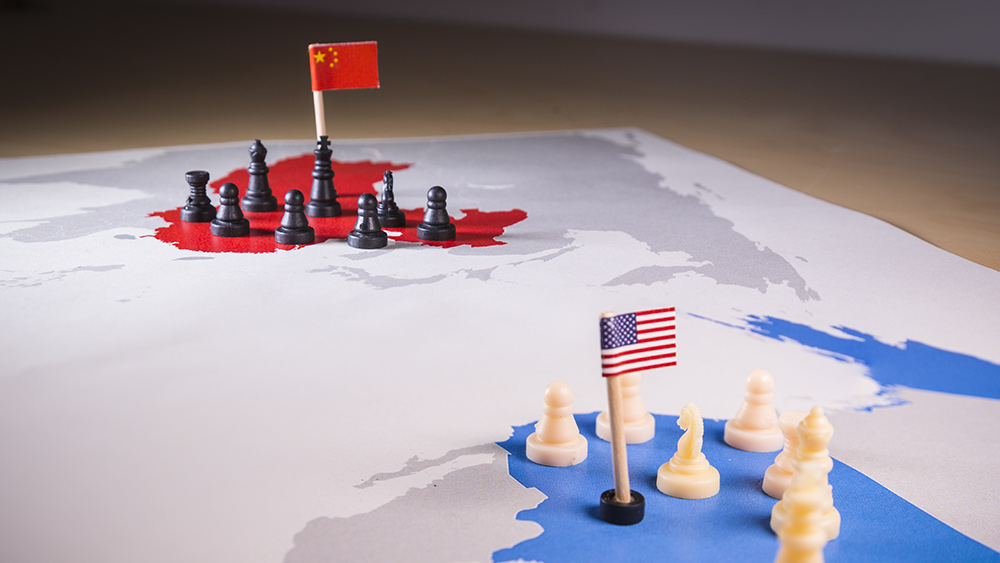 Parler
Parler Gab
Gab
- Pope Francis, the first Latin American and Jesuit pope, died at 88 in the Vatican after a transformative papacy marked by inclusivity, reform and advocacy for the marginalized. His death triggers preparations for the Church’s first conclave in over a decade.
- Elected in 2013, he challenged traditional norms — adopting humility (inspired by St. Francis of Assisi), condemning unchecked capitalism, promoting environmentalism and prioritizing outreach to migrants, the poor and LGBTQ+ Catholics.
- His openness to dialogue and flexible pastoral approaches sparked conservative backlash, while his admission of the Church’s sexual abuse cover-ups (noted in a 2021 report) highlighted unresolved institutional failures.
- Despite declining health, he made a symbolic Easter 2025 appearance after hospitalization, embodying his "pilgrim" ethos. A drafted resignation letter in 2013 revealed his early struggles with the papacy’s demands.
- World leaders and Catholics celebrated his humanity, while the Church faces a pivotal conclave likely to shift power toward developing nations. His legacy — a more global but divided Church — leaves questions about its future direction.
From Buenos Aires to the world stage
Elected in 2013 as the first Latin American pope and first Jesuit in history, Jorge Mario Bergoglio brought a radical change to a Church long steeped in European traditions. From his choice of the name Francis — honoring the humble St. Francis of Assisi — to his condemnation of unfettered capitalism and championing environmental protection, his papacy prioritized empathy over rigid doctrine. Francis’ legacy lies in his embrace of migrants, LGBTQ+ Catholics and the poor. “The church must go to the peripheries,” he reminded bishops during his 2013 inaugural homily, a theme central to his reforms. His encyclical Laudato Si’ catalyzed global climate activism, while his call for “a poor Church for the poor” challenged hierarchical norms. Adjustable guidelines for Communion and dialogue with divergent views, however, sparked fierce debates among traditionalists and conservatives. Yet Francis’ papacy also confronted theological fractures. In 2023, he openly acknowledged the Catholic Church’s historical cover-up of sexual abuse: “Initially, the Church concealed them; later, it had the grace to broaden its perspective and say ‘no.’” His admission followed a 2021 Vatican report revealing systemic failures in addressing abuse, though critics argued reform remained limited.Final weeks of service amid gravity
Pope Francis’ enduring charm, despite declining health, was on full display during Holy Week 2025. Defying doctors’ warnings, he rode the popemobile in mid-April to greet Easter crowds in St. Peter’s Square — a rare public appearance after 35 days of hospitalization for pneumonia. “He wanted them to know that he was with them,” said Chicago Cardinal Blase Cupich, Francis’ protégé, adding that the papacy concluded as it had begun: “a fellow pilgrim.” Friends and aides noted his frailty as he labored through Masses and meetings until mid-April. Earlier this year, he revealed having drafted a provisional resignation letter in 2013 during a crisis, only to discard it as unsustainable. When Cardinal Farrell solemnly announced his death, crowds wept in Latin America, where Francis — born in Buenos Aires but raised in Rome, Italy, until 12 — was seen as a beacon of regional pride.Tributes and transition
Reactions poured in from Rome to Rio as world leaders and average Catholics alike grappled with his loss. Brazilian Cardinal Claudio Hummes, who once urged his archbishop to pursue the papacy, called Francis a “pope of conscience” who “restored hope.” Meanwhile, Ecuador’s President Guillermo Lasso highlighted his personal impact: “I never met a man more human than him.” The Vatican’s logistical gears turned swiftly. Dean of the College of Cardinals and Italian Archbishop Giovanni Battista Re will lead initial mourning prayers, while burial at Rome’s Santa Maria Maggiore is imminent. By May, the conclave, traditionally dominated by European cardinals, will likely draw an historic shuffling of power toward developing nations — though liberals and conservatives remain split on Francis’ ideology’s future.A mirror held to a fractured faith
In many ways, Francis’ passing mirrors the Church he oversaw: united in grief but divided in vision. His papacy nudged it into a future more global yet increasingly contentious, where tradition and modernity clash over issues from family life to priestly celibacy. Yet among the 1.3 billion Catholics worldwide, his “Francis effect” endures — in the additional food for the hungry, the hospitalized patient blessed by a leader who stayed dining in a Vatican cafeteria instead of dining halls. As the Smoke of the Sistine Chapel sooner or later signals the next Pope, the questions remain: Can the Catholic Church duplicate Francis’ capacity to move, apologize and inspire — and which path will it choose? In Francis’ own words, which still resonate: “The church is pilgrim. We are all wending our way ever toward the Father, in search of the full face of Christ.” Sources include: Breitbart.com CNN.com VaticanNews.vaConservative backlash forces Corona Brewer to dump DEI commitments
By Willow Tohi // Share
POLL: U.S. support for Israel drops to lowest level in decades amid Gaza War
By Laura Harris // Share
The remarkable heart-friendly properties of avocados
By newseditors // Share
Every day the Gaza holocaust continues, the empire tells the truth about itself
By newseditors // Share
Stunning Visualization of the Seven Trumpets in the Book of Revelation
By healthranger // Share
